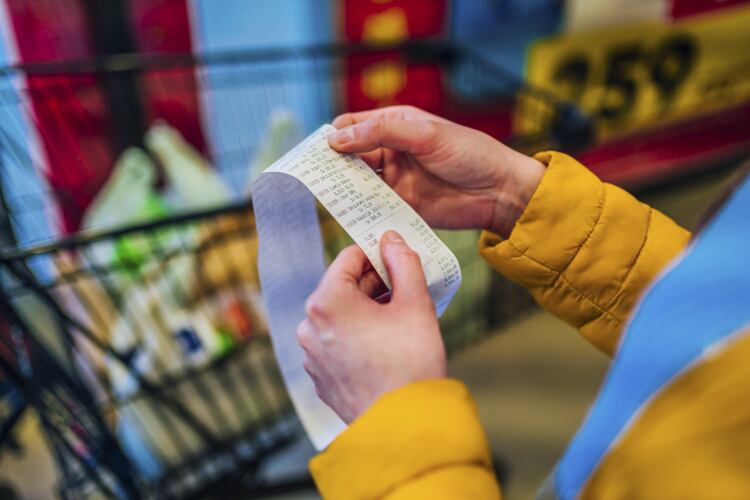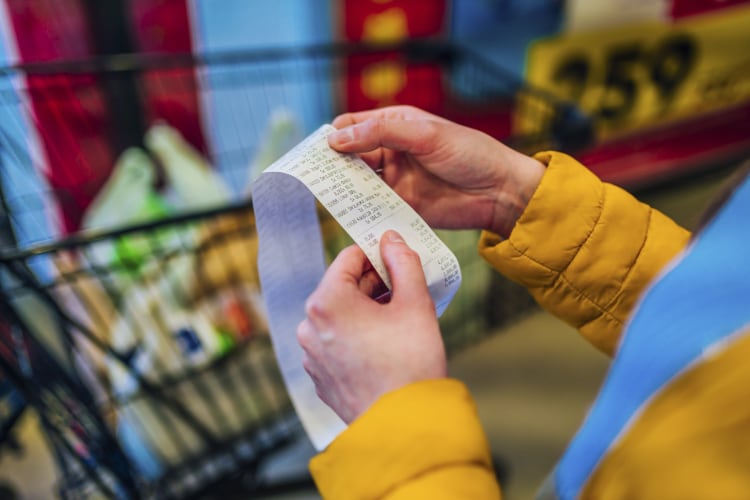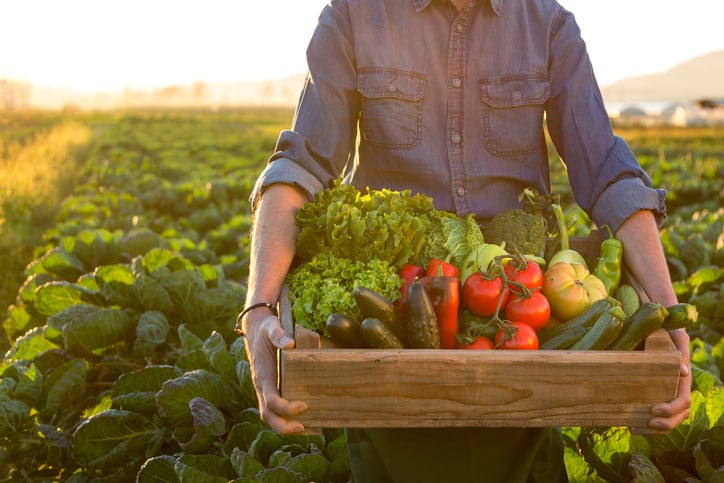The price of grains are up almost 20%, according to data from Refinitiv Agriculture Research. Corn and wheat production losses, as evidenced by record low vegetation density across the European production region – known as NDVIs – reached 13 and 7 million tons respectively, the ag data and research provider revealed.
The trend is the consequence of this summer’s high temperatures – when the mercury was up to 17% higher than a normal summer in the hottest regions of the WU. “The corn price increase [has been] caused by the summer heatwave and production losses. French corn export prices increased by near 20% from August to October due to less corn available for exports and it is one of the major supplies of UK corn imports,” Thomas Walsh, Director of Agriculture and Weather Research at Refinitiv, told FoodNavigator.
Ingredient expert Eurostar Commodities noted this upward pressure can also be seen in commodities like long grain rice. The group is forecasting tighter supplies and price increases of 29%.
Again, ‘severe drought’ is to blame, contributing to supply-side constraints. In some areas, Eurostar Commodities observed, the availability of water ‘was not sufficient enough to allow the growing of rice at all’. In Spain, the volume of the long grain rice crop is expected to drop significantly – by as much as 70% - while in Portugal conditions are less extreme, but a decrease of between 10-20% in harvest is anticipated. This is pushing prices on the global market higher still. Prices in the Far East continue to rise with the growing demand for large quantities of long grain rice from Europe. With this severe lack of availability, prices will increase by 29%, Eurostar predicted.
With food price inflation already sitting at record highs, Eurostar’s Director Jason Bull said he expects these market pressures to push prices up further still. “Food price inflation is still going strong and increasing due to drought and raw material availability issues. If we then add in currency exchange rates, transportation and fuel costs, and finance interest then the market is in a situation where price will rise sharply from early December of this year,” he forecast.
Refinitiv’s Walsh added that the impact is likely to be felt across various supermarket aisles because grains are a key input material for both the human food and livestock feed industries.
Shortages of grain supplies will inevitably result in higher prices in the supermarket, Refinitiv suggested. However, Walsh added that the increased price at the checkout is likely to be below the spike seen on the grains markets as retailers and their suppliers pull other levers to shield shoppers from rising costs. “As one of the major feed ingredients, higher corn prices and resulting higher feed costs could affect meat and poultry prices. But retail food prices are much less volatile than corn prices and tend to rise by a fraction of the change in corn prices as raw ingredients is only one of meat/poultry costs,” we were told. “In general, a fraction of the price change will be passed through to retails depending on the proportion of raw food ingredients in retailing costs.”
Nevertheless, Bull believes that food prices look set to continue their upward trajectory. “Retailers, restaurants and the food service industry will either have to absorb these additional costs or pass them on to customers. The market is now increasing prices to reflect a substantial decrease in raw product and huge hikes. Food inflation still has a way to go.”




